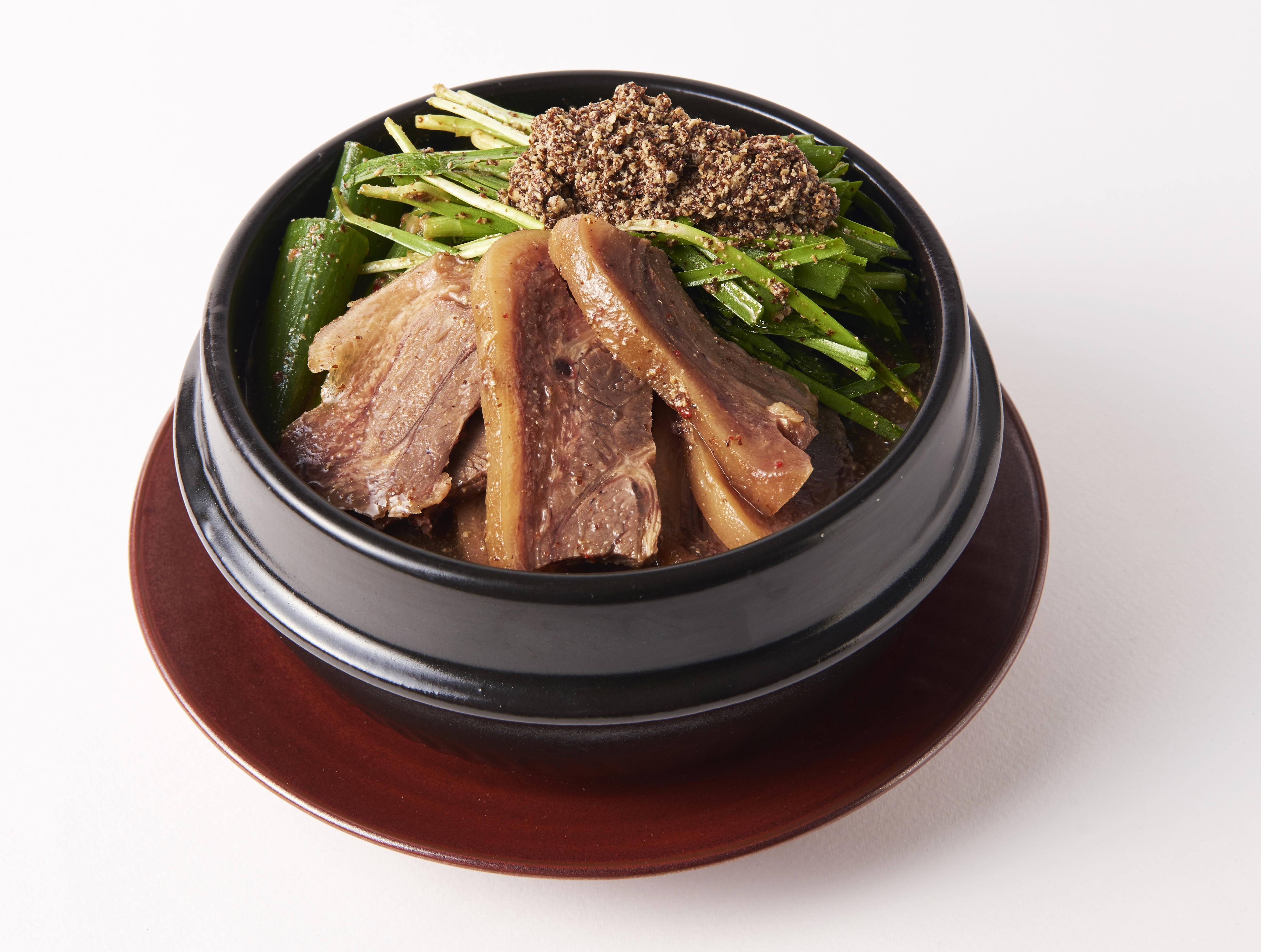The Dog Days in Korea An Attempt to Get the Facts Right About “Bosin-tang”

Written by Cho Namhee
Sultry summer days have come. The dog days of summer, or boknal (복날), are divided into three specific days in Korea – chobok, jungbok, and malbok, and are explicitly the most nutrition-centric times of the year for Koreans, especially among the older generation. It is strongly believed by the elders that though sitting in a fully air-conditioned room may instantly banish the heat, a hot bowl full of ingredients that correspond to the Five Elements Theory of Oriental philosophy (please refer to the very first food column of the year for more information about the Five Elements Theory) would keep them stabilized. Thus, it is impossible for the elders in Korea to bear summer without a “perfectly balanced” hot meal, boyang-sik (보양식), which literally means “a meal that invigorates your body or strengthens vitality.”
Of course, there are a myriad of foods that are good for your body, particularly in Korea since every restaurant claims that their menu helps your body, at least in some sort of way. However, there are several dishes categorized under boyang-sik made with amazingly unusual ingredients. Some of the ingredients of boyang-sik might astound you. Pullet, eel, mudfish, oyster, catfish, mandarin fish, black goat, and dog are among the ingredients from least intense to most intense. Most of them have been covered by the Gwangju News in previous issues, except one, bosin-tang, or dog soup.
Before I attempt to touch on this somewhat sensitive and controversial bit of the issue, I have to define myself, and say that I am not a bunny hugger nor animal hater. In fact, I have never even tried the soup. However, it makes me quite resentful to hear that people outside Korea still think that the majority of Koreans are fond of the dish, or at least, have a full grasp of the dish.
Getting down to the facts, nowadays, bosin-tang is strictly sought after only by elders, and there have been numerous efforts made by the government to improve the public image of dog meat consumption ever since criticism was made outside of the country, such as the re-consideration request to the Korean president made by the FIFA president in 2001 for hosting the World Cup Games, and by the French actress and animal rights activist, Brigitte Bardot, writing a personal petition against dog meat consumption to the president. Since then, gross dog meat consumption and trade have gradually shrunk nationwide, consequently terminating Moran Market in Seongnam City, the nation’s largest slaughtering facility. And the fact that the market has been there since Joseon Dynasty times, indicates that it was a big step forward.
In terms of nutrients, per the symbols of the Five Elements Theory, the dog’s temper is represented as “fire,” and the hot days of summer are represented as “gold,” and according to the philosophy’s calculations, “fire” defeats “gold.” Thus, it was believed that no other dishes were better than bosin-tang for the Korean ancestors in the summer. Furthermore, such livestock as cows and pigs were more valuable and utilized for agricultural means much more so than dogs; therefore, it was more common to have dogs as food. Much of historical Korean literature includes specific recipes and records of dog-meat soup being sold in the common markets. Interestingly, there is a traditional Chinese recipe specially written about a dog-meat meal called “三六經” (sam-yuk-gyeong) meaning “three plus six,” which equals “nine” and shares the same pronunciation as “dog” in Chinese.
These bits of facts about bosin-tang may sound tempting and make it seem as though it could be understood as part of the culture, however, there are heated discussions on the issues surrounding the process of slaughtering the animals and different views on consumption of the dish. It is up to you, the reader, to decide whether you feel an adventurous spirit or dislike towards this dish. I am simply stating the facts!







